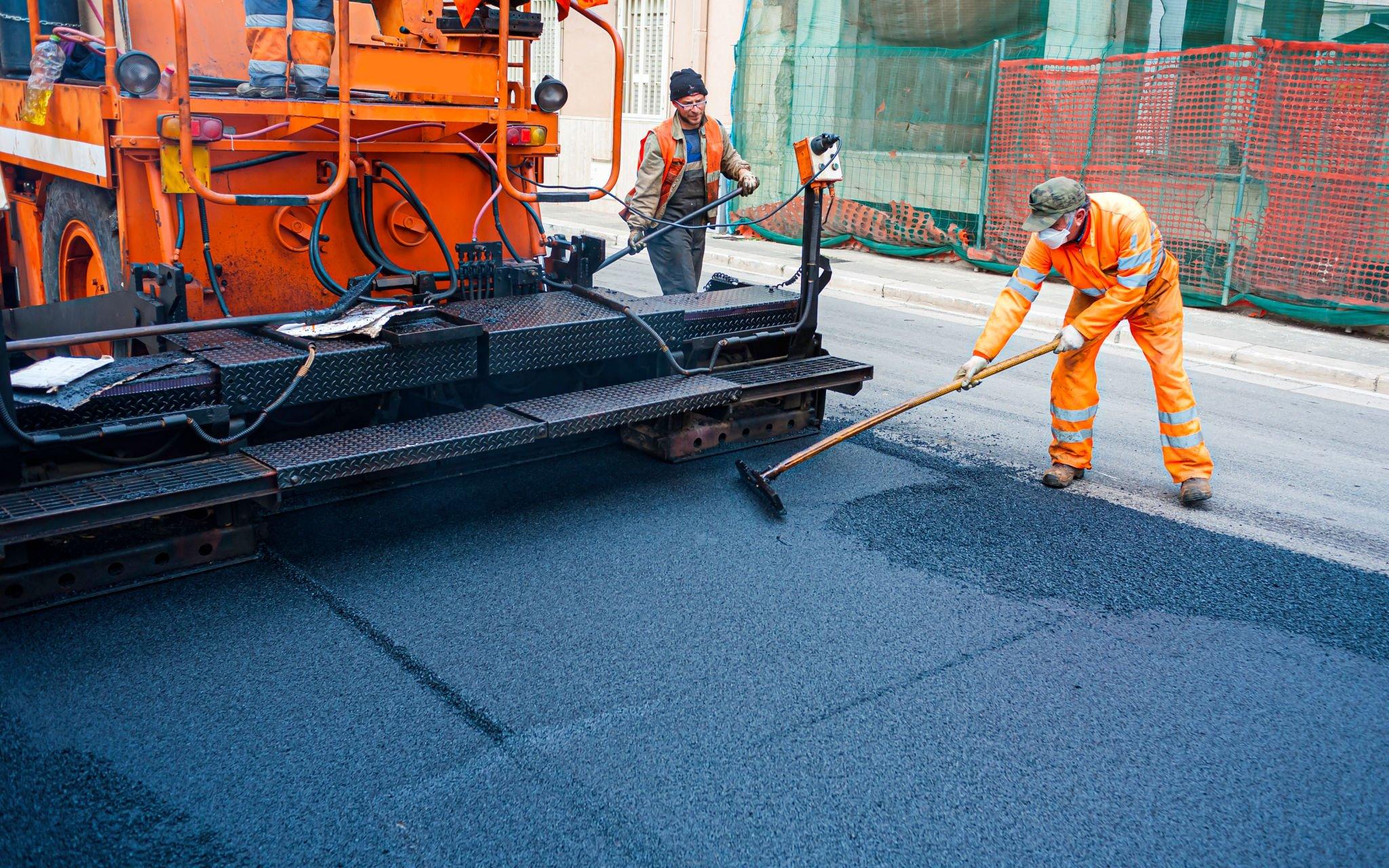Microsurfacing treatment has emerged as a sustainable solution for preserving and maintaining road infrastructure. This innovative technique offers numerous benefits, including extending the lifespan of roads, reducing environmental impact, and providing cost-effective solutions for road preservation. Understanding the principles, applications, and sustainability benefits of microsurfacing treatment is essential for optimizing road maintenance strategies and ensuring long-term infrastructure sustainability.
1. Understanding Microsurfacing Treatment:
Microsurfacing is a preventive maintenance technique used to prolong the lifespan of roads by applying a thin layer of asphalt emulsion mixed with finely crushed aggregate. This mixture, when applied correctly, forms a durable, skid-resistant surface that seals cracks, restores friction, and improves surface texture. Unlike traditional methods such as resurfacing or reconstruction, microsurfacing is a surface treatment designed to address early signs of deterioration, thereby preventing further damage and costly repairs.
2. Sustainability Benefits of Microsurfacing Treatment:
– Extended Lifespan: By sealing cracks and preventing moisture intrusion, microsurfacing helps extend the lifespan of roads, delaying the need for major repairs or reconstruction. This proactive approach enhances the durability of pavement surfaces, preserving infrastructure assets for longer periods.
– Reduced Environmental Impact: Microsurfacing treatment requires fewer materials and produces less waste compared to traditional road maintenance methods. Its thin profile minimizes the consumption of natural resources while maintaining pavement integrity. Additionally, microsurfacing formulations can incorporate recycled materials, further reducing environmental impact and promoting sustainability.
– Energy Efficiency: Microsurfacing projects typically have shorter construction timelines compared to other maintenance activities. Roads treated with microsurfacing can be reopened to traffic within hours, minimizing energy consumption associated with construction equipment and transportation.
3. Applications of Microsurfacing Treatment:
– Crack Sealing: Microsurfacing effectively seals cracks in the pavement, preventing water infiltration and inhibiting the formation of potholes and other surface defects.
– Surface Preservation: By restoring surface friction and texture, microsurfacing improves skid resistance, reducing the risk of accidents, especially in wet or icy conditions.
– Rut Filling: Microsurfacing can fill shallow ruts and depressions in the pavement, restoring uniformity and smoothness to the road surface.
4. Cost-Effectiveness of Microsurfacing Treatment:
Microsurfacing offers significant cost savings compared to traditional road maintenance methods. Its application requires fewer materials and labor hours, resulting in reduced overall expenses for municipalities and transportation agencies. Additionally, the extended lifespan of roads treated with microsurfacing translates to long-term cost savings by minimizing the need for frequent repairs and reconstruction. In conclusion, microsurfacing treatment represents a sustainable solution for road preservation, offering benefits such as extended lifespan, reduced environmental impact, and cost-effectiveness. By proactively addressing pavement deterioration and optimizing maintenance strategies, communities can enhance the sustainability and resilience of their transportation infrastructure for the long term. As the demand for sustainable road maintenance practices continues to grow, microsurfacing treatment stands out as an effective and environmentally friendly option for preserving roadways and ensuring safe and

